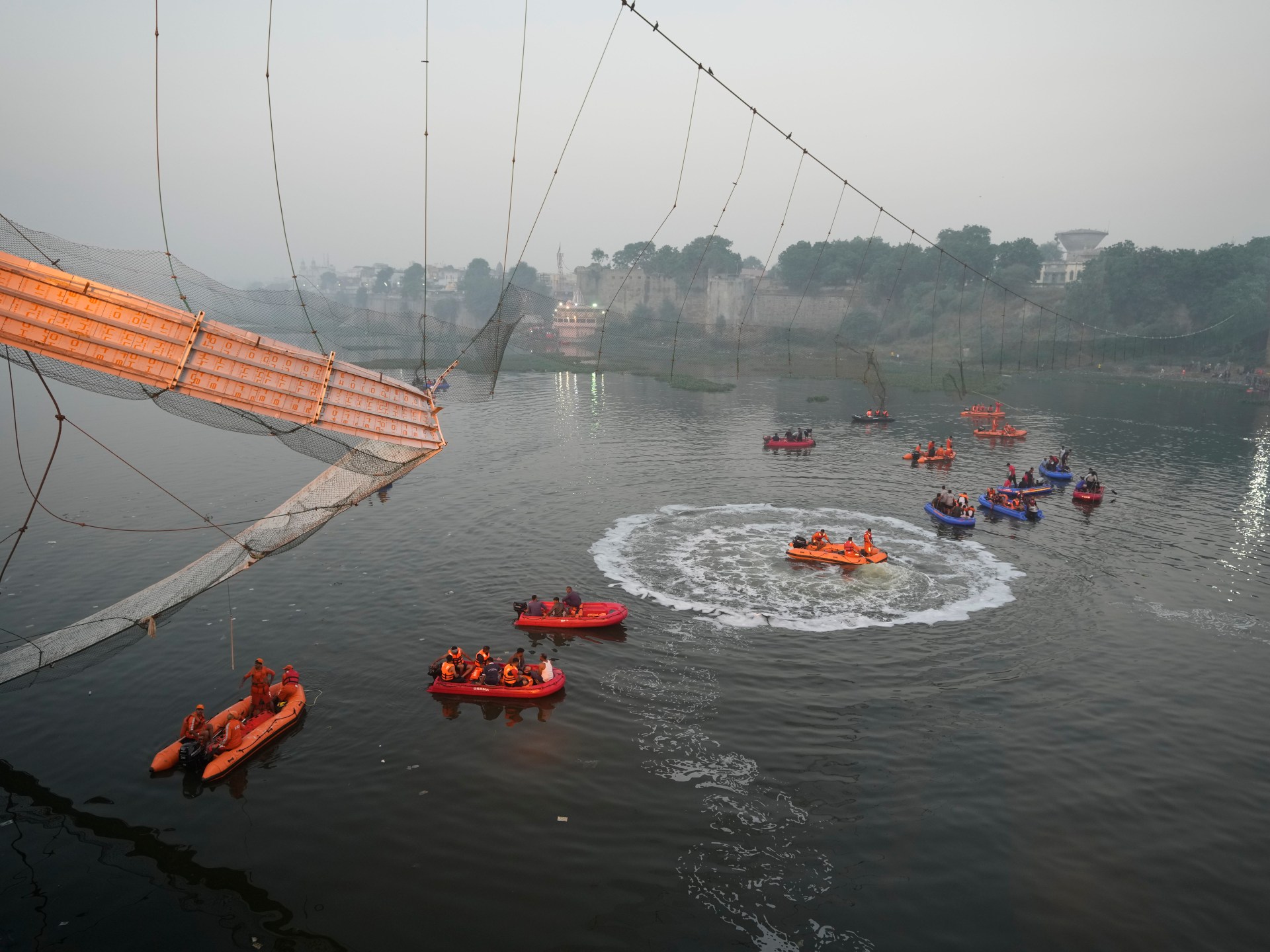Hurricane Hilary to dump heavy rain on Mexico, southwest US | Weather News
The hurricane is expected to strengthen rapidly as it travels through the Pacific Ocean, meteorologists warn.
Tropical storm Hilary has intensified into a hurricane as it approaches the southwestern United States and northwestern Mexico, where it is expected to bring heavy rainfall and brutal wind gusts.
Within hours on Thursday, the hurricane leapt from a Category 1 to a Category 2 hurricane, with a sustained wind speed about 165 kilometres per hour (105 miles per hour).
Hilary has continued to strengthen and it is expected to develop into what experts consider a “major hurricane” by the evening, reaching Category 3 wind speeds of at least 178km/h (111mph).
While Hurricane Hilary is currently in the Pacific Ocean off the west coast of Mexico, the US-based National Hurricane Center (NHC) said it expects it to strike the Baja California region starting late on Friday.
“Hilary has the potential to bring significant impacts to the Baja California Peninsula and portions of the southwestern United States this weekend and early next week,” the centre wrote in a Thursday morning advisory.
Hurricanes typically weaken after landfall, but the NHC warned that Hilary could produce flash flooding even afterwards, particularly in urban areas and arroyos — dry stream beds in desert environments that can quickly fill with water.
In Baja California, Hurricane Hilary is projected to produce up to 15cm (six inches) of rain, with 25cm (10 inches) possible in some areas.
Southern California and Nevada, meanwhile, are expected to receive five to 10cm (two to four inches), though some areas may be drenched with 20cm (eight inches).
Experts have credited climate change with super-charging hurricanes in recent years. Warmer weather allows more moisture to fill the air, allowing hurricanes to produce more intense precipitation as their spiralling clouds draw vapour in.
Higher sea levels can also leave coastal environments more vulnerable to hurricanes, whose powerful winds push water inland in a process called a storm surge.
On Wednesday, the journal Science Advances released a study examining 179 tropical cyclones in the US across 32 years, from 1988 to 2019, to understand how these increasingly intense hurricanes affect public health.
It found that more than 18,000 people likely died during that period from conditions created during hurricanes and other tropical cyclones.
The deadliest incident was 2005’s Hurricane Katrina, which caused an estimated 1,491 “excess deaths” – a term for deaths that go beyond the number usually expected for an area.
The study’s authors noted that nearly half the US population is situated along the coasts of the Atlantic Ocean and the Gulf of Mexico, two regions known for active hurricane seasons.
“Some of the wealthiest and poorest communities in the United States are located in tropical cyclone-affected areas,” they wrote, adding though that “the most socially vulnerable bears the greatest burden of excess mortality”.
The death toll of hurricanes in those vulnerable areas can be vastly undercounted, leading to variation in statistics, the study also said.
For 2017’s Hurricane Maria, for example, the authors found “official death counts were up to 70 times lower than the total number of excess deaths”.




